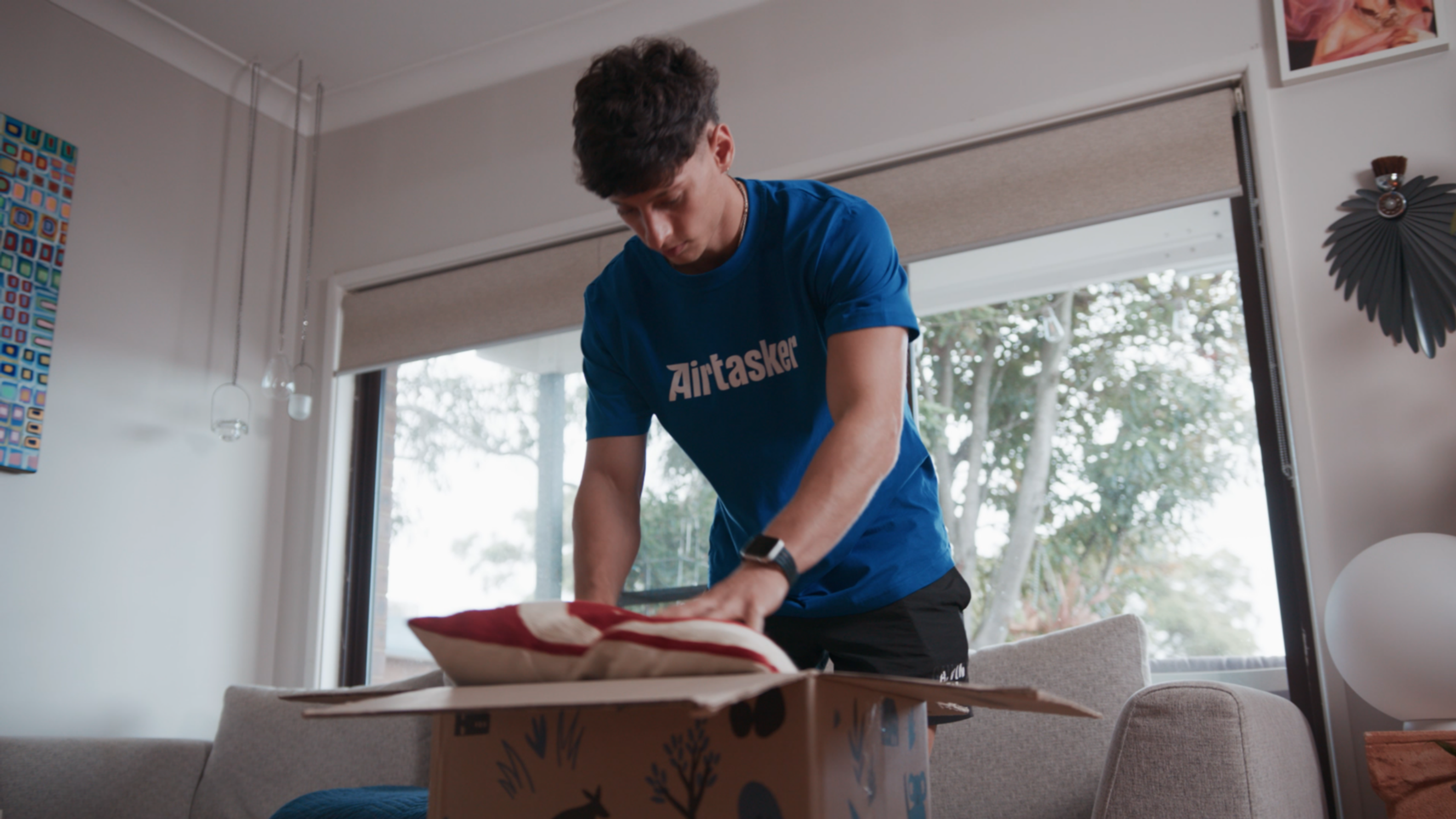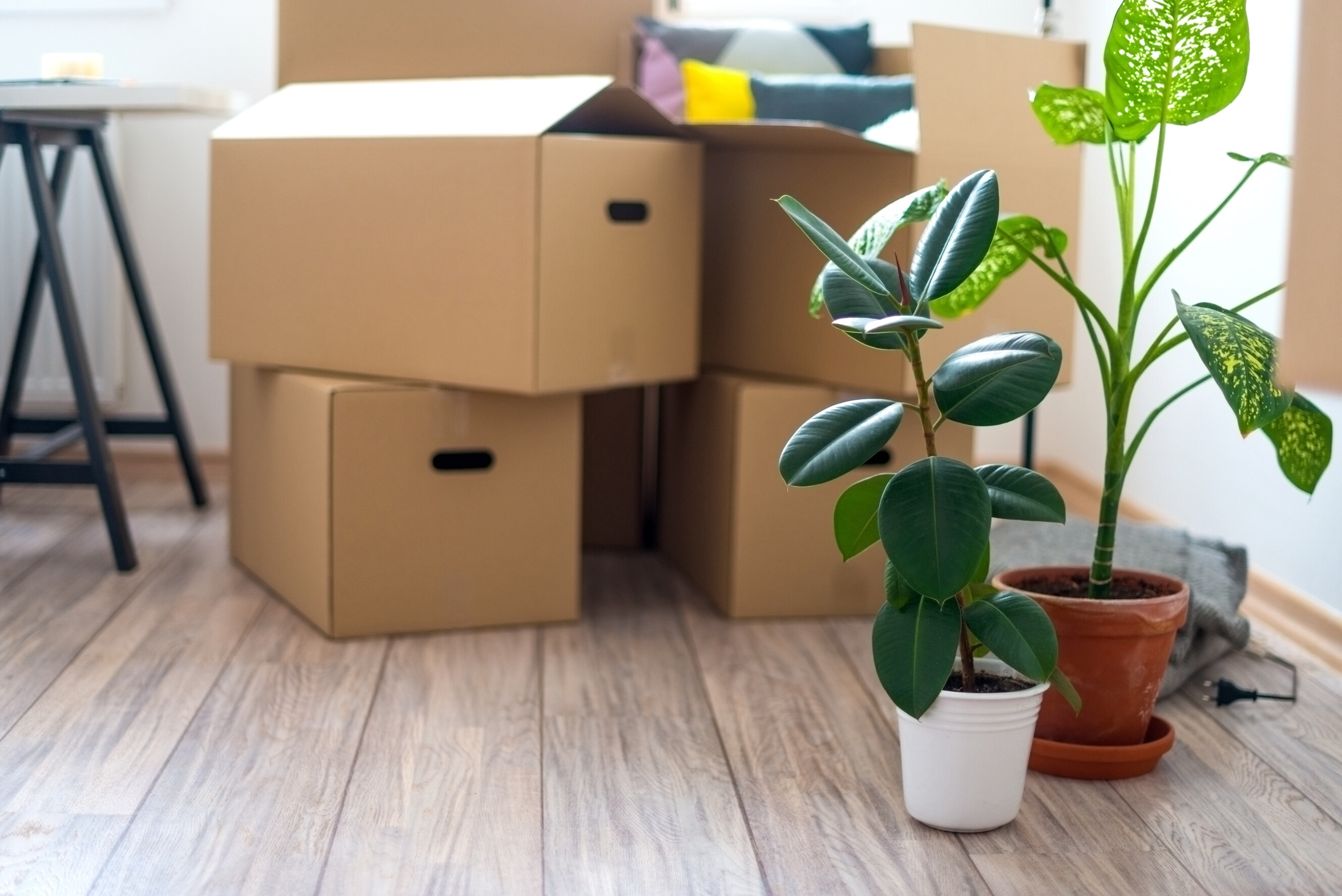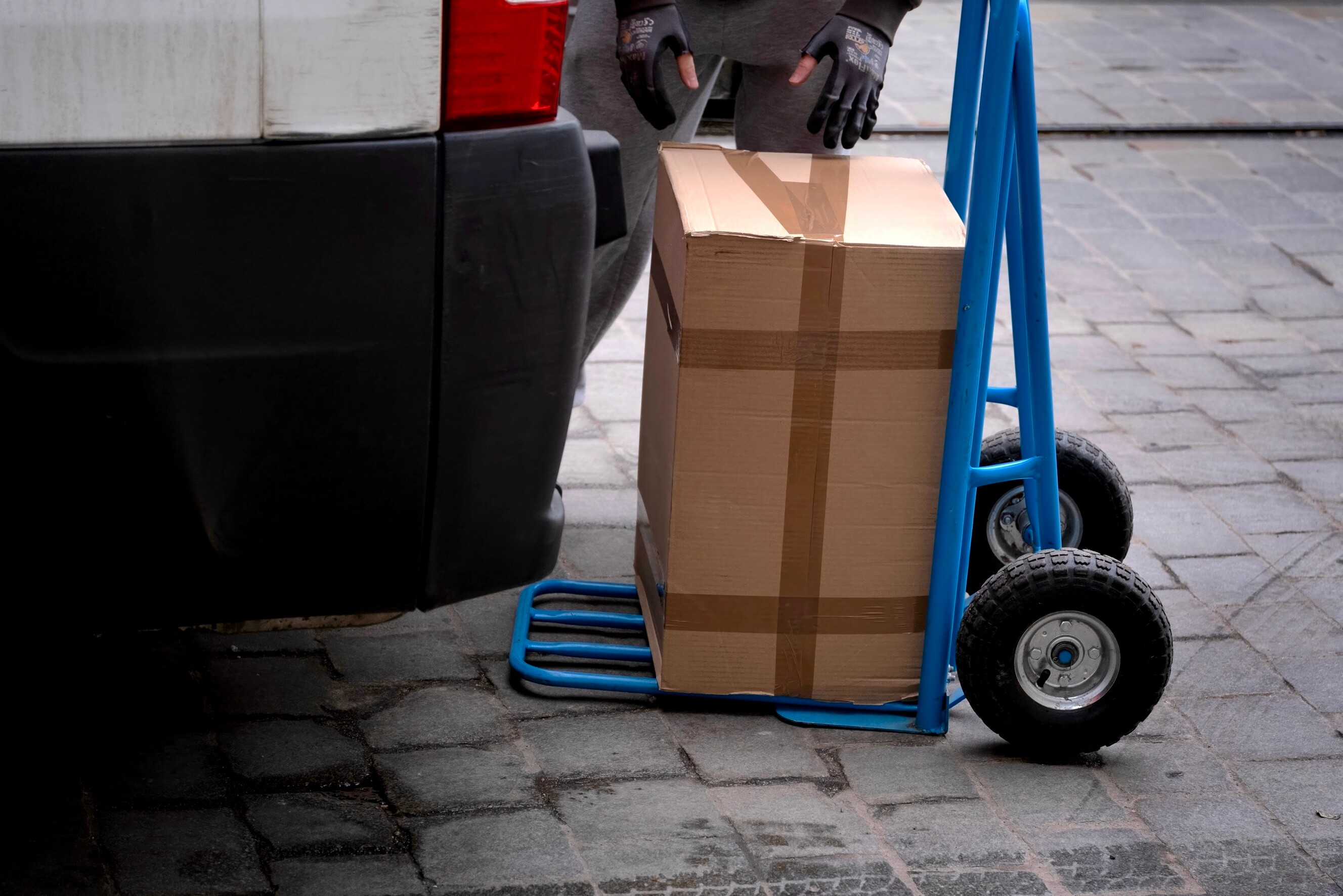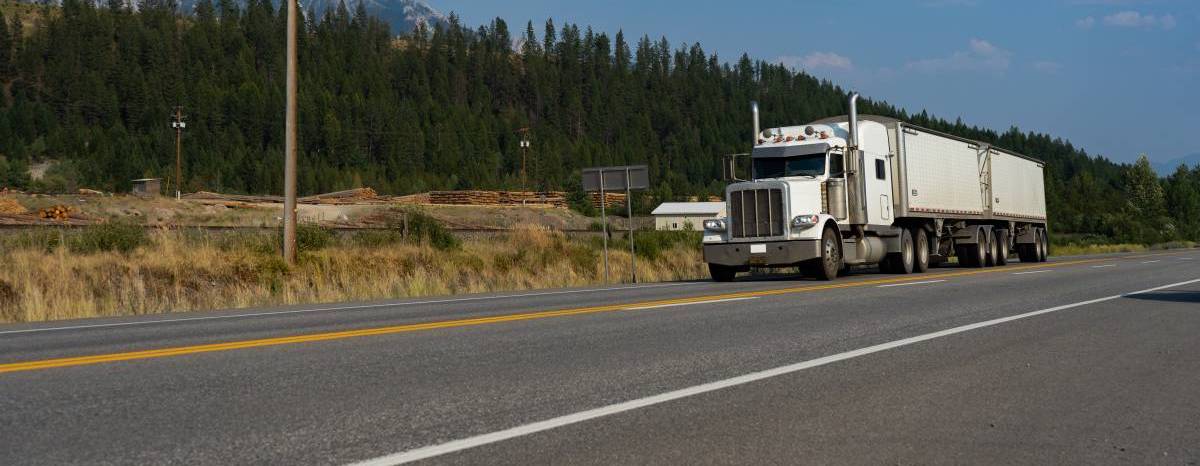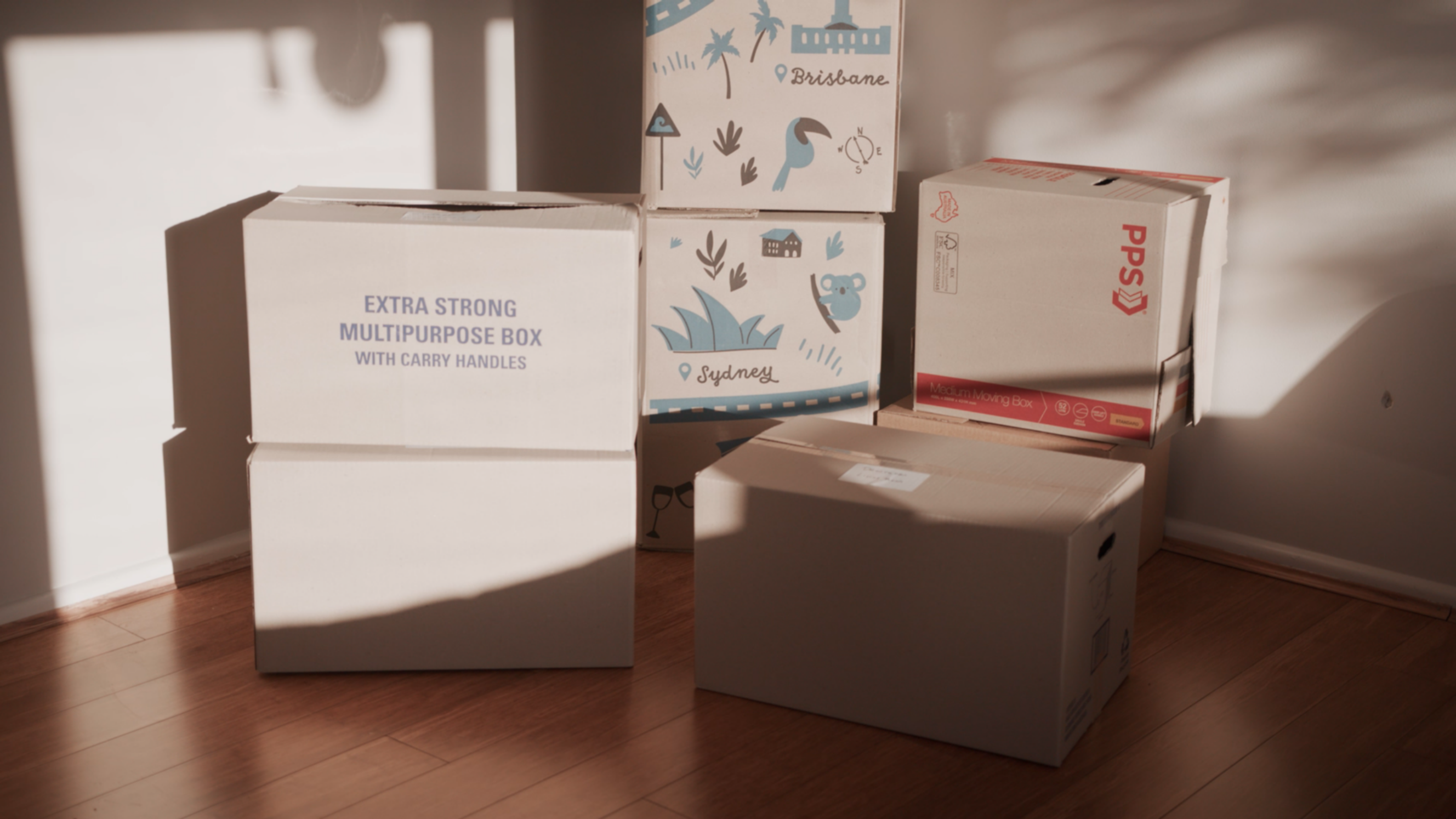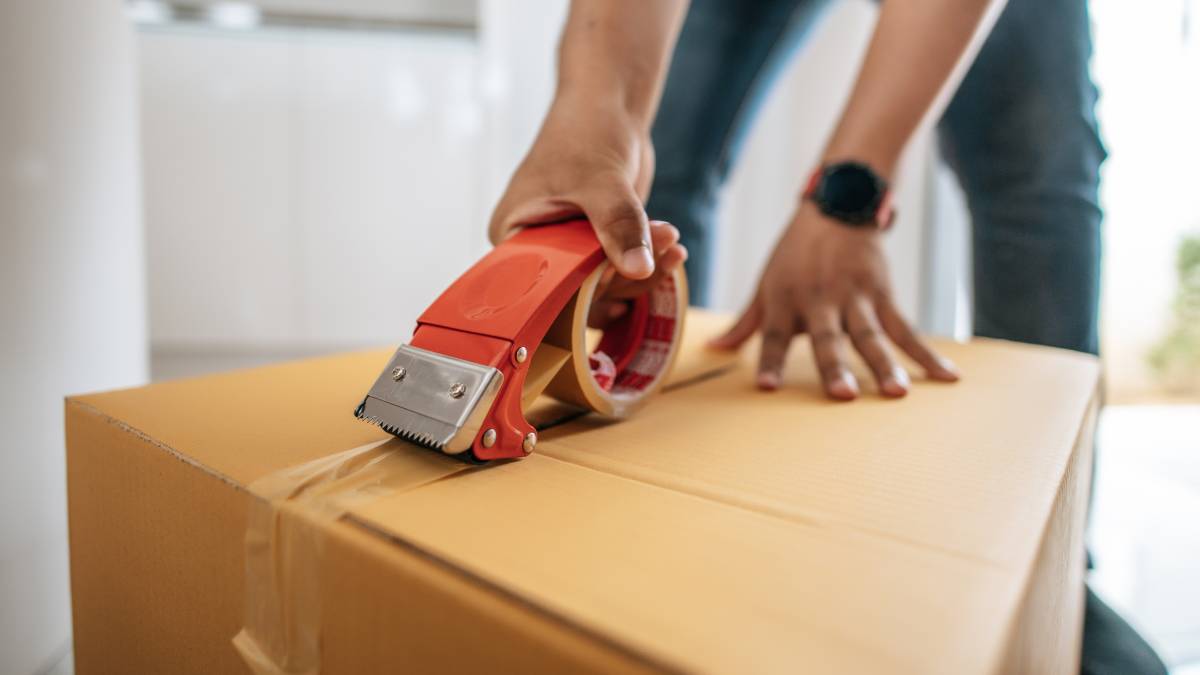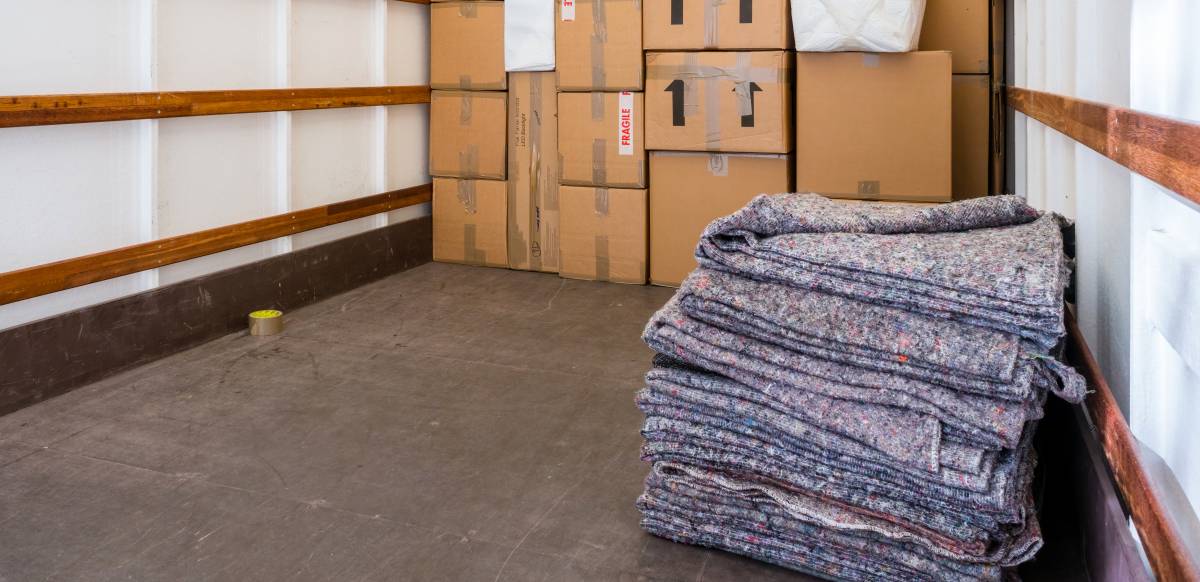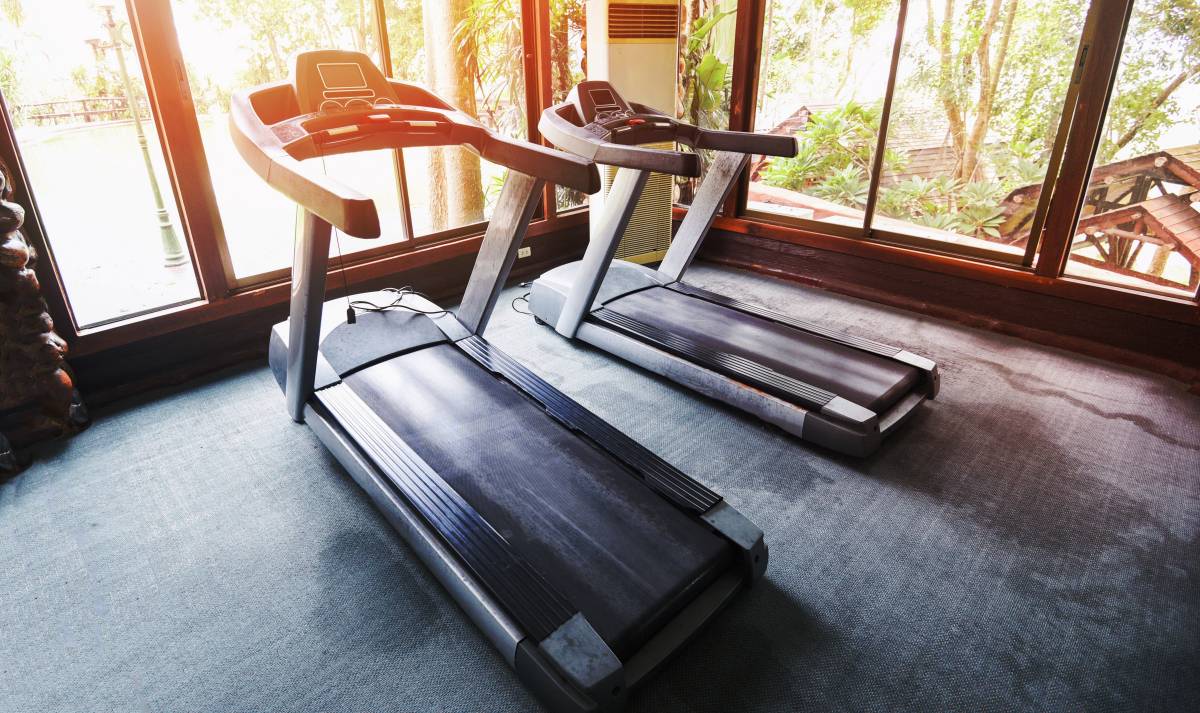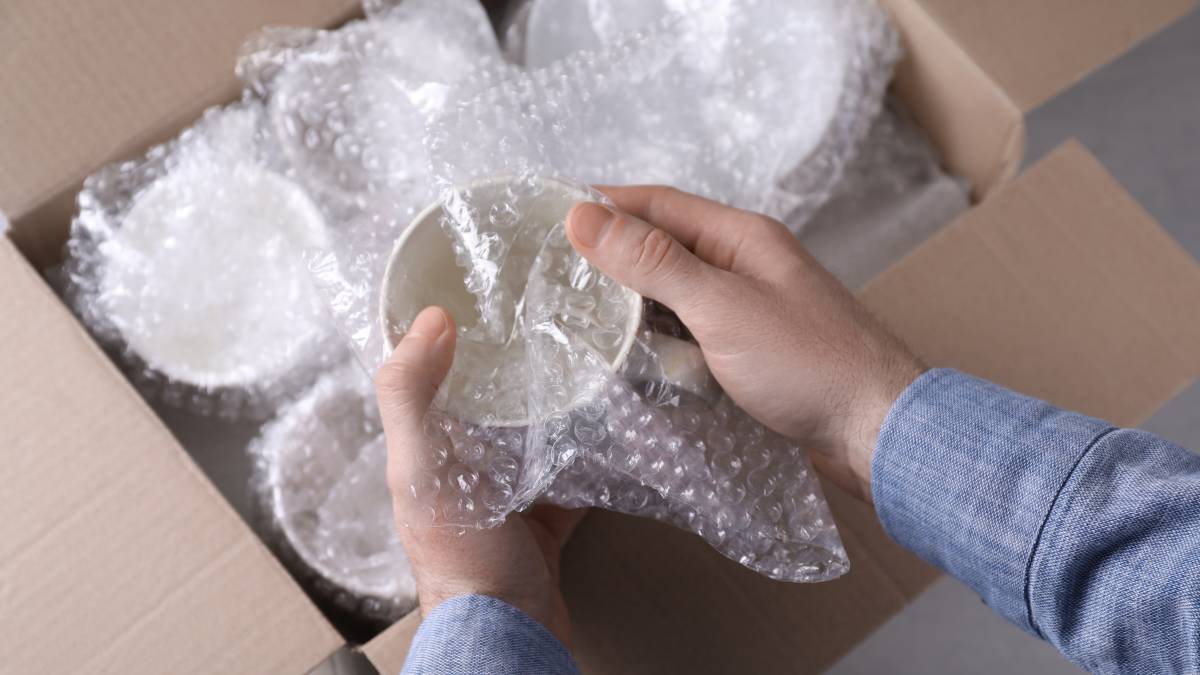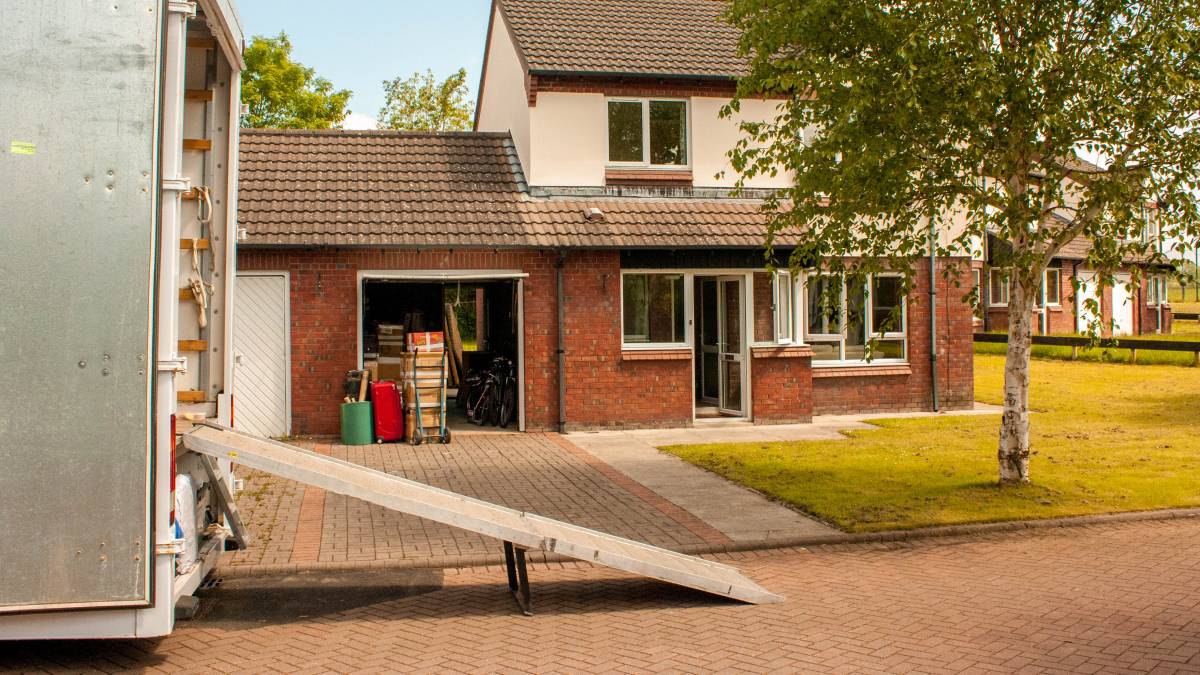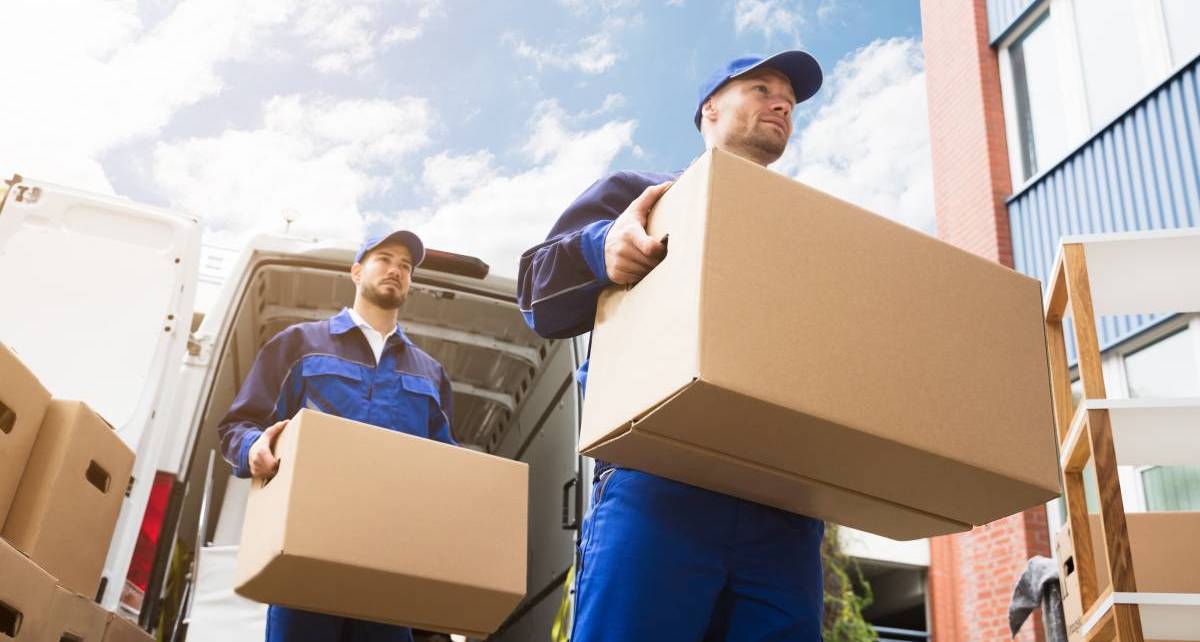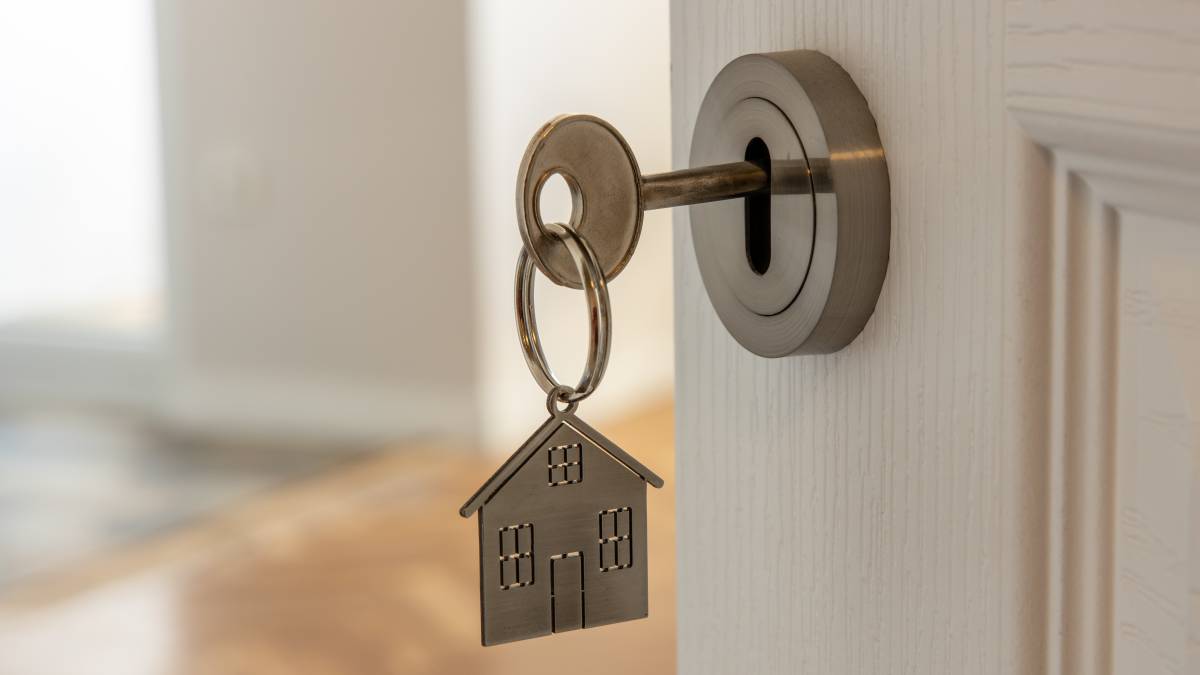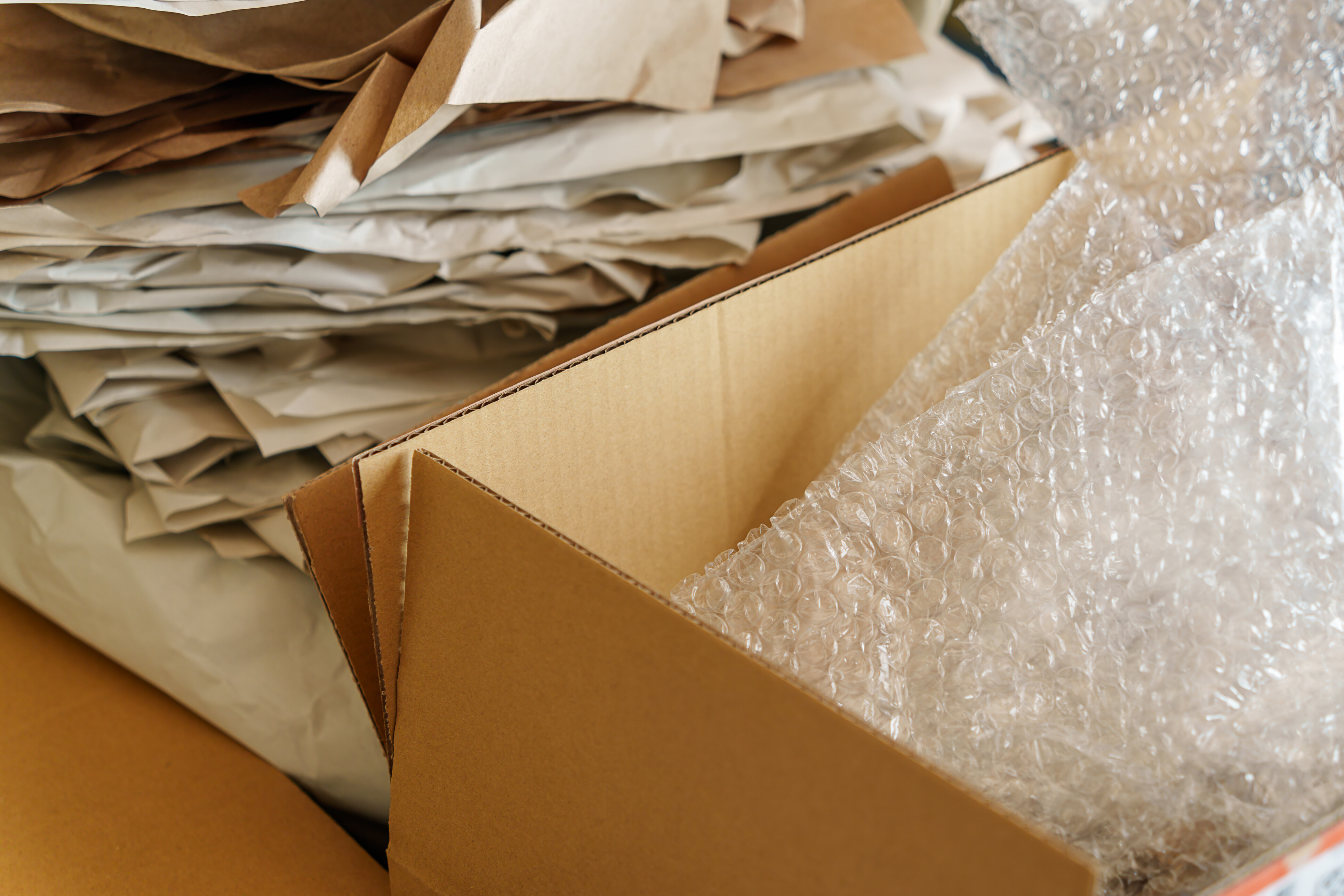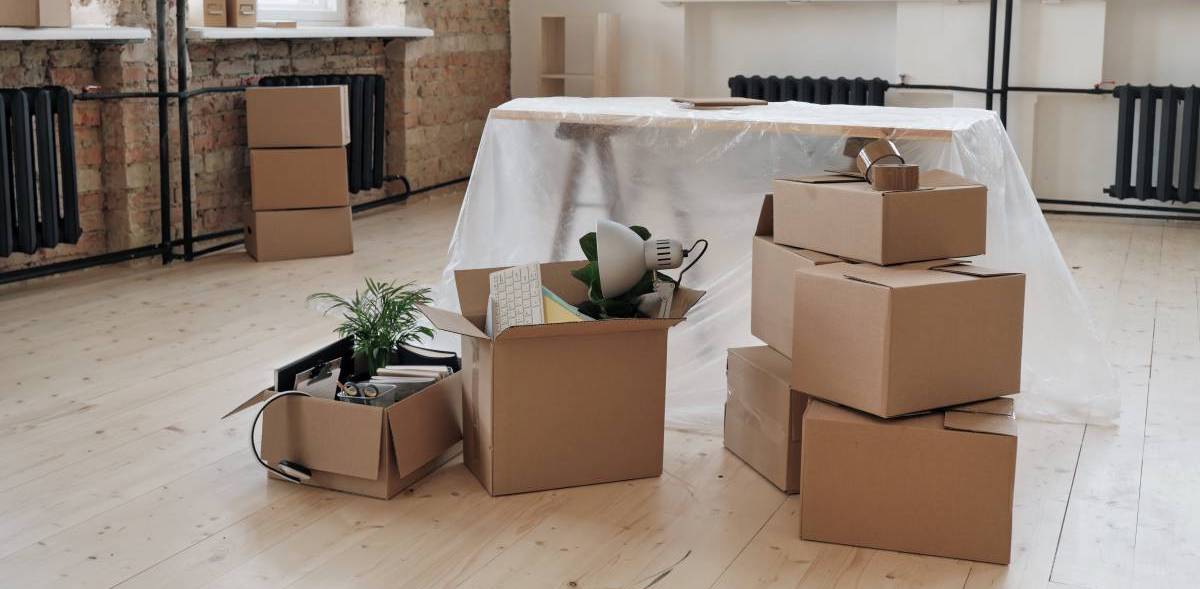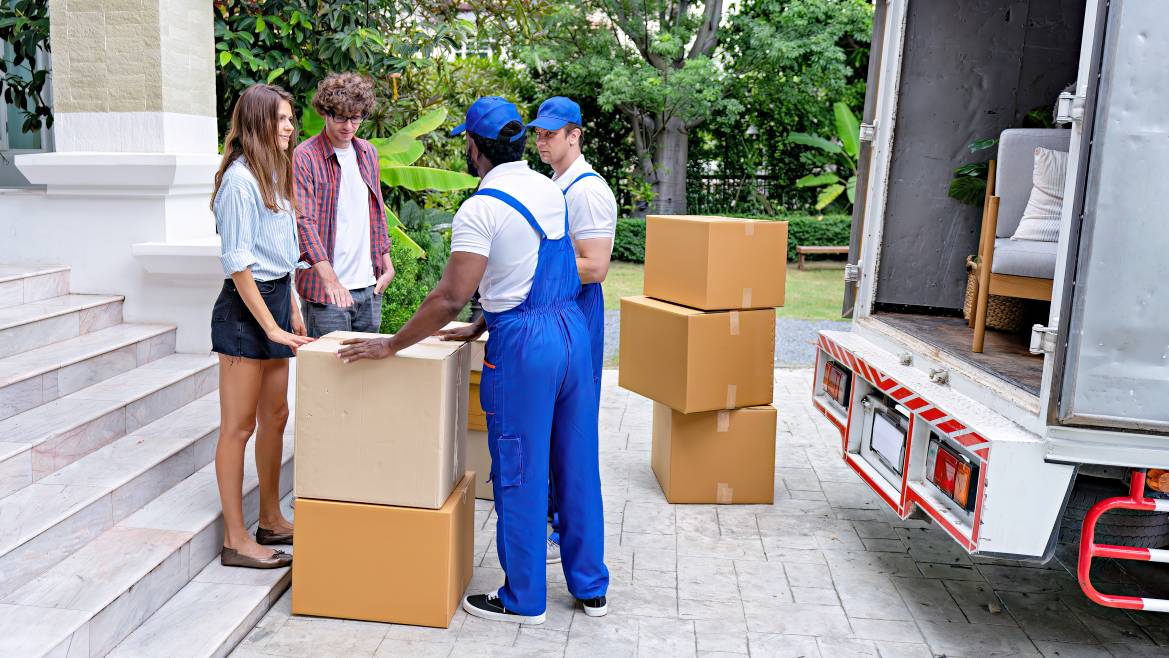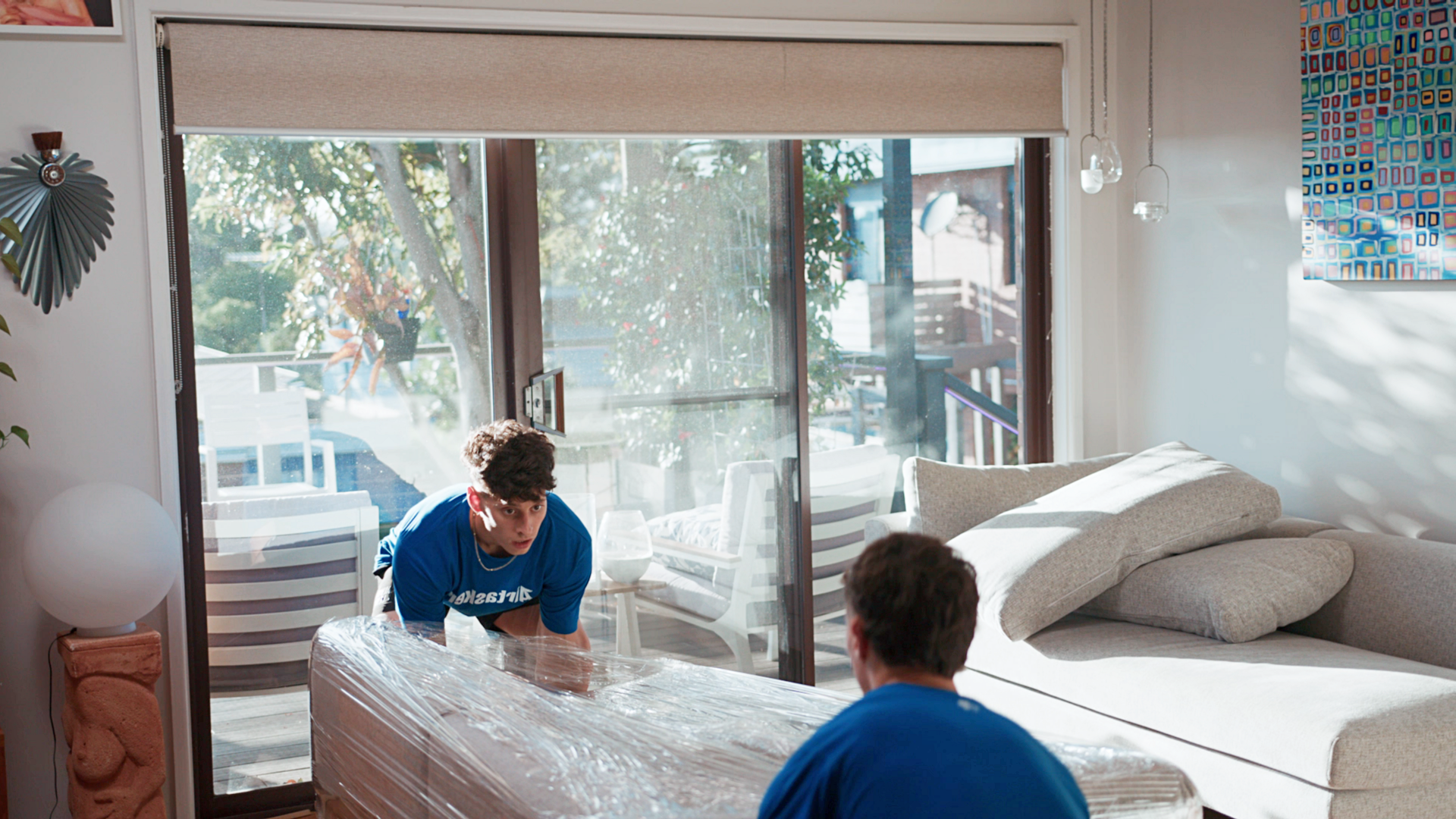
The best and worst times of year to move in Australia
An in-depth guide to easier, cheaper moves
Published on

Written by Genine T.
Staff Writer
Read more about our contributor
Key Facts
Moving during off-peak months like April, May, August, September, or February can save you hundreds, while peak months such as January, December, November, March, and June drive costs up and limit availability.
Choosing the right season helps avoid extreme heat and heavy rain that can cause delays, damage belongings, and make moving physically harder.
Booking removalists well in advance gives you better rates, more choice of dates, and reduces stress.
Ever wonder why your neighbour paid $500 for their move while you got slugged $1,200 for the exact same distance, truck size, and service? The reality is that timing can make or break your budget! In fact, there’s a best time of year to move that saves you hundreds of dollars and gives you first pick of quality removalists. There’s also a worst time to move that’ll cost you a fortune and leave you competing with every other family for the same overbooked truck.
To crack the code on when to move, we’ve analysed two years of moving demand data alongside Australia’s weather patterns and holiday schedules. You’ll discover five ‘sweet-spot’ months that hit the Goldilocks zone of affordable prices, decent weather, and available services. We’ll also reveal the five nightmare months where high costs and tough conditions can make moving a challenge.
The 5 best times to move house
 Moving into a new home on a bright, sunny day. (Source: iStock)
Moving into a new home on a bright, sunny day. (Source: iStock)
After analysing thousands of moving tasks posted on Airtasker, these five months consistently show the best balance of reasonable removalist costs and manageable conditions. While they’re not the absolute cheapest months to move, they offer good value when you factor in pleasant weather, lower stress levels, and flexibility with your move-in date.
1. April
Our data shows April is one of the best times to move house in Australia. It ranks among the lowest months for moving demand, meaning you’re not competing with half of Australia for the same services. April also boasts mild weather with minimal risk of storms or extreme heat that could delay your move. However, it’s still wise to schedule your move early in the day to avoid the autumn showers that often arrive in the afternoon.
If you’re looking for a new place, April also presents excellent opportunities in the housing market. While markets vary, you can hunt for your dream apartment or house without the usual frenzy, and you may find landlords more open to negotiating on rent, lease terms, or move-in conditions.
Once you lock down your new place, you’ll find house removalists are equally accommodating with flexible scheduling and competitive rates since they’re not juggling dozens of other bookings.
2. May
May offers some of the best value of the year. It’s one of the quieter months for moving in Australia, which helps keep costs down.
If you’re watching every dollar, this is the best month to move because you’ll dodge peak moving season prices while still getting decent weather. It’s cooler than April but pleasant enough that you won’t be battling winter storms or scorching summer heat, perfect for moving with kids who need comfortable conditions.
Additionally, May becomes especially attractive for families planning an interstate move because removalists are hungry for work and willing to negotiate pricing for longer-distance relocations. This month is also filled with clearance sales and Mother’s Day promotions, often extending to furniture, home essentials, and even services for your new place.
3. September
September puts you one step ahead of the October to November rush when demand and prices spike. Many moving companies offer lower rates and promos during this lull to secure bookings early, giving you more choice of dates, times, and crews before their schedules fill up. Plus, the longer daylight hours make it easier to unpack and settle into your new place on the same day.
The weather during September also works in your favour, especially for physically demanding tasks like moving appliances such as fridges and washing machines. Temperatures are mild, humidity is lower, and there’s less risk of unpredictable weather that can damage your belongings due to moisture-related issues like mould, mildew, rust, or warping during transit or storage.
4. August
August brings the final stretch of winter, with cool temperatures and the occasional rainy day. While the weather can be a bit unpredictable, it rarely reaches the harsh winter conditions that can halt a move entirely. With a few extra layers packed, protective covers for furniture, and a wet-weather plan in place, you can handle these mild challenges and be ready to move as soon as your scheduled day arrives.
August also offers a solid opportunity for savings. It sits at the tail end of the off-peak period, giving you a last chance to lock in lower rates before spring prices kick in. Removalists are often eager for work during this quieter time and tend to offer their most competitive prices and even bundled services to fill their schedules.
5. February
Put February on your radar because this is when most people move if they’re looking for a budget-friendly time! Between January's peak and March's busy property season, many movers are keen for work in March, so you can often lock in a better deal. It also works perfectly for families since it falls right after summer school breaks, letting you relocate without disrupting the school year.
Just note that the best way to move house during this scorching month is to start early in the morning and take regular water breaks. When packing during this time, don’t forget to keep electronics and other heat-sensitive items out of direct sunlight to prevent damage.
The 5 worst times to move house
 Moving supplies being organised outdoors. (Source: iStock)
Moving supplies being organised outdoors. (Source: iStock)
In this section, we’ll review the months when demand peaks, prices soar, and weather conditions become so challenging that removalists become ultra-picky about what they won’t move. Add in the stress of competing for limited slots and the real risk of your moving day getting postponed, and you’ve got a recipe for moving disaster.
1. January
January is the busiest month to move house in Australia, with demand peaking higher than at any other time of year. It falls during the long summer school holidays, offers warm weather and longer daylight hours, and many people have time off work after Christmas and New Year. This mix makes it appealing for families looking for a fresh start, but it also places January among the worst months to move if you’re watching your budget or want a smoother experience.
The surge in demand can drive removalist prices to their highest levels and make it difficult to secure your preferred dates without booking weeks in advance. January is also one of Australia’s hottest and most humid months, with temperatures often climbing above 30°C. Anyone planning a move in January needs to be ready for higher costs, early scheduling, and careful planning to protect heat-sensitive items and manage the intense conditions.
2. December
December combines extreme heat with high demand, making it one of the most difficult and costly months to move. According to the Bureau of Meteorology, temperatures often climb above 40°C in many parts of the country, making the physical work of moving exhausting and even risky. At the same time, our data shows demand is the second-highest of the year, which can push removalist prices up and reduce availability.
Unfortunately, the challenges go far beyond heat and cost. Moving in December often disrupts holiday celebrations and family gatherings, adding stress to an already chaotic period. Roads are busier, accident risks are higher as holidaymakers travel, and many commercial and government services slow down or close entirely over Christmas and New Year.
3. November
November is the third most popular month to move in Australia. Since it’s close to Christmas, removalists usually start switching to peak season rates, and the most convenient dates and time slots disappear fast. Rising competition pushes prices higher and leaves little room to negotiate, so you’ll need to book early.
The one advantage is that November’s late spring weather is generally warm and dry, with plenty of sunshine and comfortable temperatures for physically demanding moving tasks. It’s ideal for outdoor work like loading and unloading, but the soaring demand makes November a challenging month for anyone seeking flexibility or lower costs.
4. March
March can be a deceptive trap for unsuspecting movers. The weather is absolutely beautiful, with clear skies and mild temperatures that seem perfect for a stress-free relocation. However, our data shows it’s one of the busiest times of the year, making it one of the worst months to move if you expect off-peak prices during this busy season.
March is also the peak property selling month, with research showing it delivers the highest sale prices across most capital cities. This fuels a surge in property transactions, creating intense competition for removalists and increasing moving costs.
5. June
Don’t be deceived by June’s off-peak reputation because the potential savings come at a cost. For most of Australia’s population in the south, June means short, cold, and often wet days that make every part of moving slower, harder, and far less pleasant.
The chilly, damp conditions can damage furniture, soak boxes, and turn loading zones into hazards, making it one of the worst months for the overall moving experience. You might save money on removalist fees during the off-season, but you’ll pay in stress, delays, and discomfort as you battle the cold and rain to move your life from one home to another.
Book your moving crew today
Even if you plan for the best time of year to move, the real secret to a stress-free relocation is booking early. Locking in your movers ahead of time means no last-minute scrambles, no begging friends for help, and no worrying about who will show up on moving day. You get peace of mind knowing everything is set and ready to go.
Got a big move coming up? Then hire an expert removalist on Airtasker! Just create a task, add your moving details, and get instant offers from local experts ready to help. Compare quotes, choose your mover, and tick “moving” off your to-do list today.
Learn more about our contributors

Written by Genine T.
Staff Writer
Genine is a writer and educator with over seven years of experience. She has published peer-reviewed research papers, worked in academia, and created educational content for thousands of language learners. She discovered her passion for turning complex ideas into practical advice through writing about DIY topics like home improvement, furniture assembly, and household fixes. When she’s not writing, Genine enjoys curling up with her dogs and a good book.
FAQs on moving house
The cheapest days to book moving services in Australia are usually midweek, from Tuesday to Thursday. Fewer people are relocating on these days, while weekends and month-ends are peak periods. This lower demand can make all the difference by giving you more availability, lower moving costs, and flexible moving dates.
Moving house in Australia typically costs between $300 and $3,500 for a local move, depending on the size of your home, the amount of furniture, and the number of professional movers needed. Interstate moves can reach up to $8,000 or more due to longer distances, extra fuel costs, and potential overnight travel or storage fees.
Most local moves can be completed in one to two days, including packing, transport, and unloading. Interstate moves often take several days to a full week, depending on the distance, route, and how much preparation or packing is needed before moving day.
Find removalists, fast
Find a removalist
Related articles
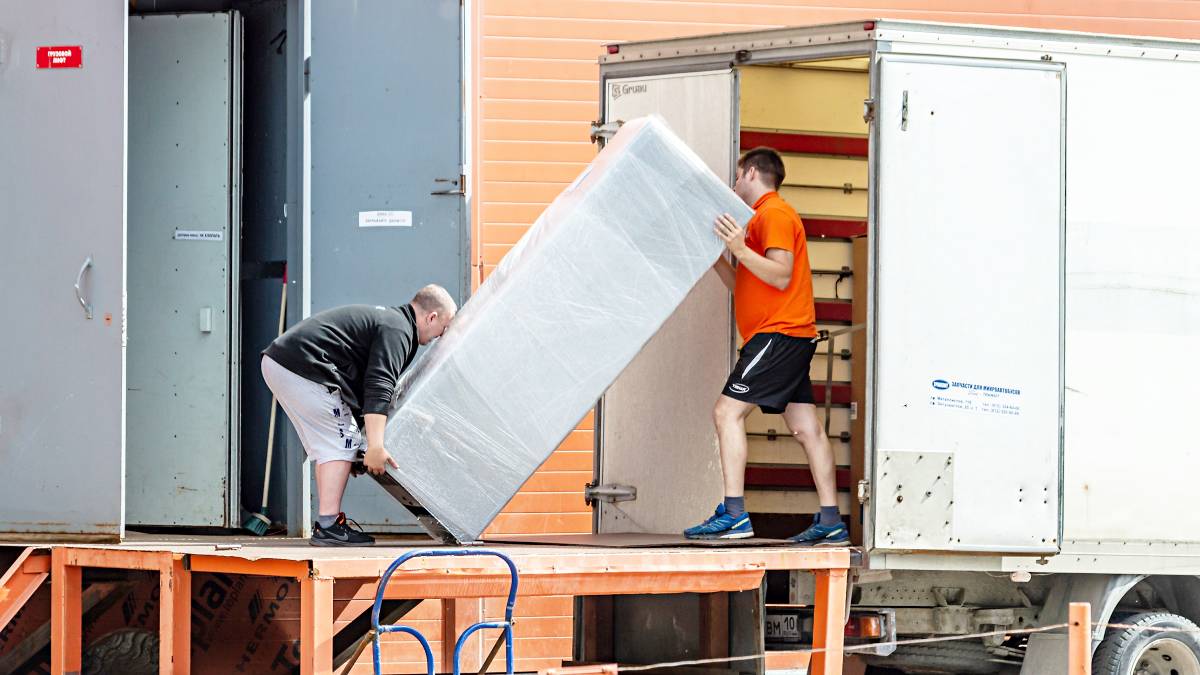
Moving a fridge: How to do it right
Read more
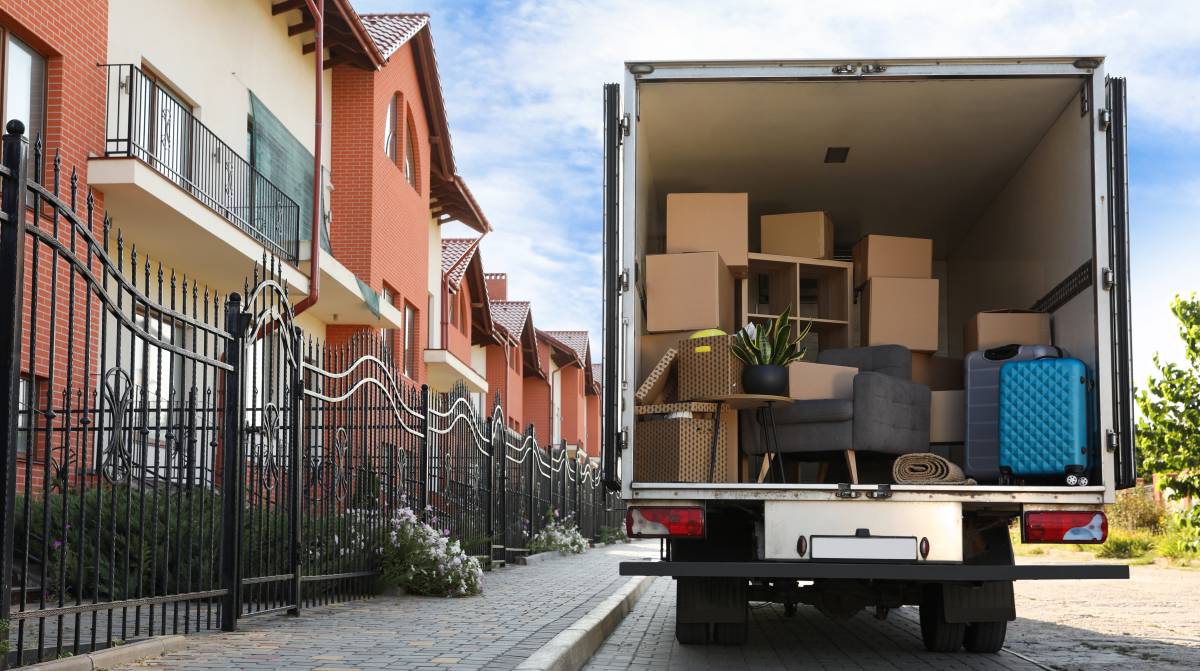
How to pack a moving truck
Read more

Tips for moving house with kids
Read more

How to pack artwork for moving
Read more

How much do removalists make?
Read more

A guide to becoming a removalist
Read more

How to move a pool table
Read more

How to pack bedding for moving
Read more

How to pack books for moving
Read more

How to pack kitchen items
Read more
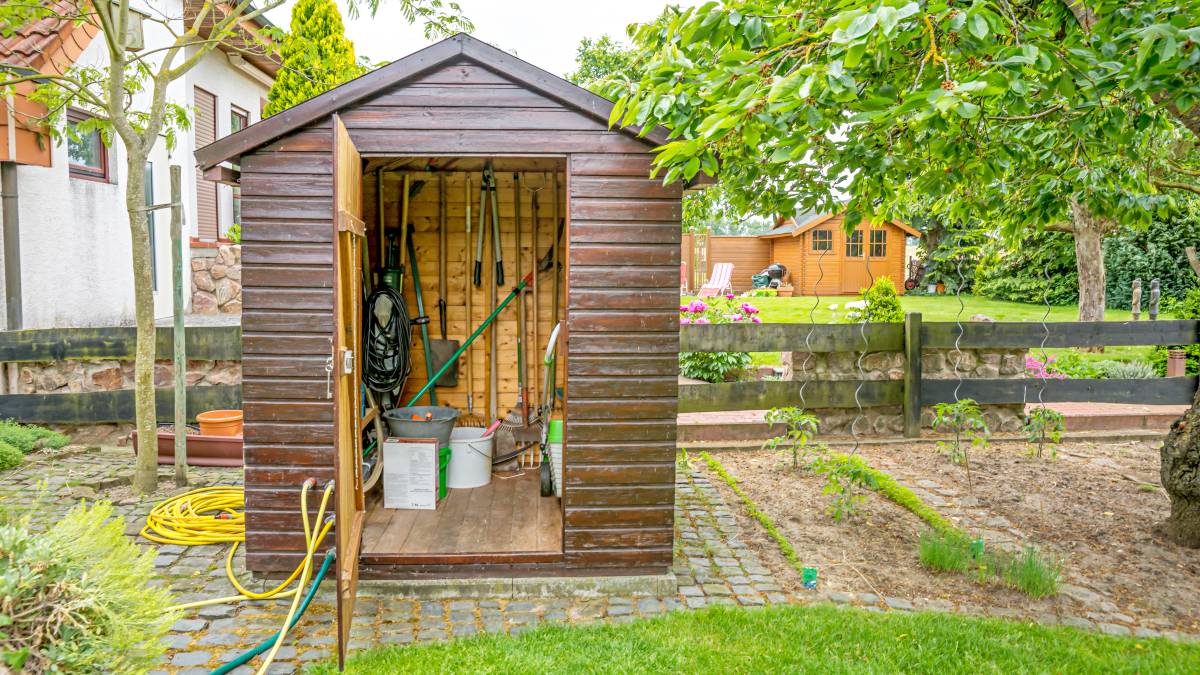
How to move a shed
Read more
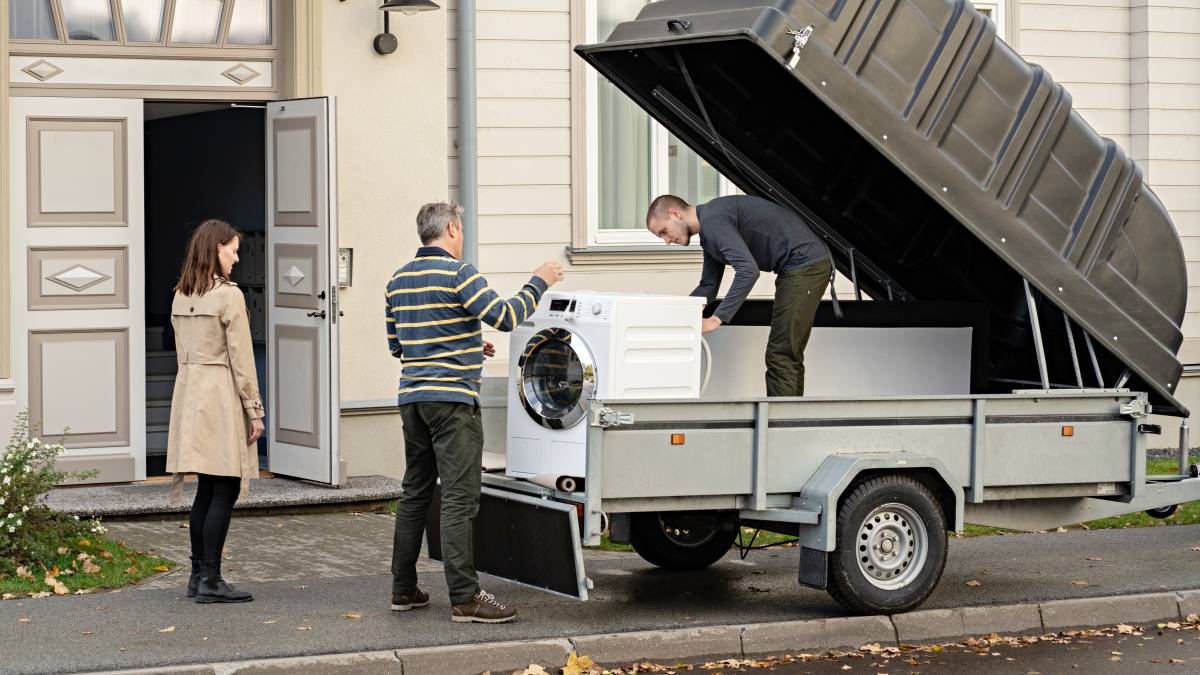
How to move a washing machine
Read more

How to move a pinball machine
Read more

What removalists won’t move
Read more
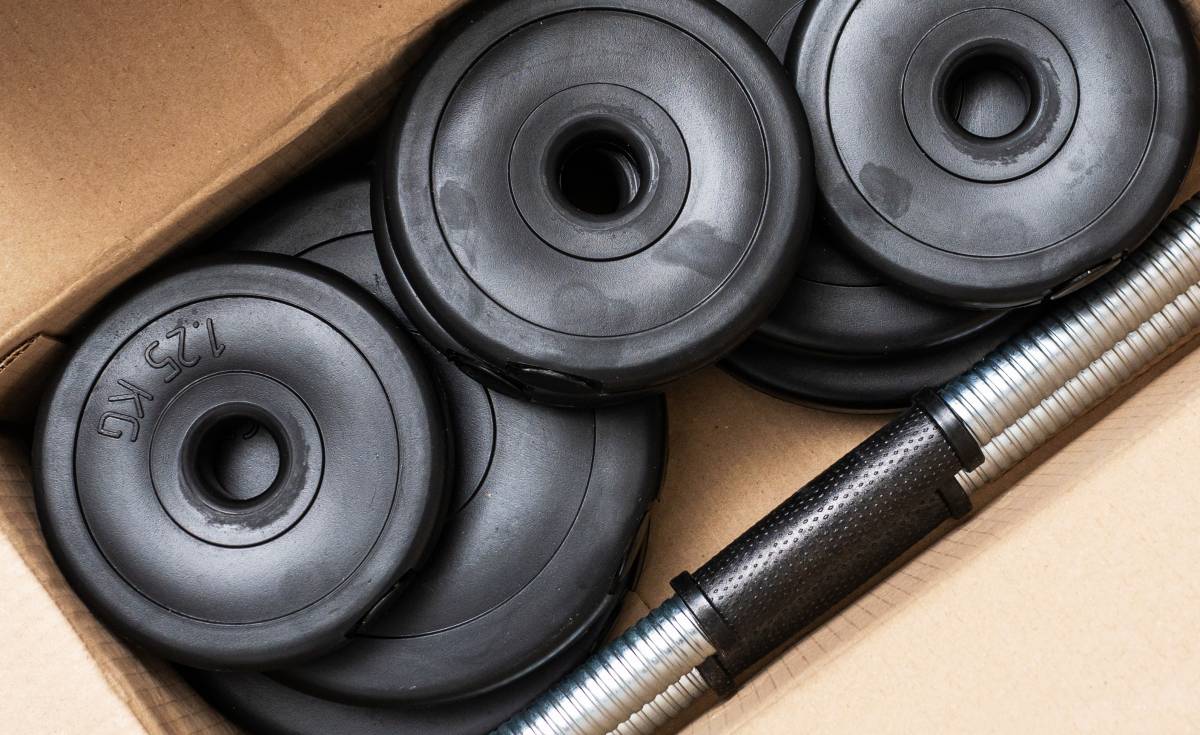
How to move gym equipment safely
Read more

How to wrap furniture for moving
Read more

Moving interstate checklist
Read more
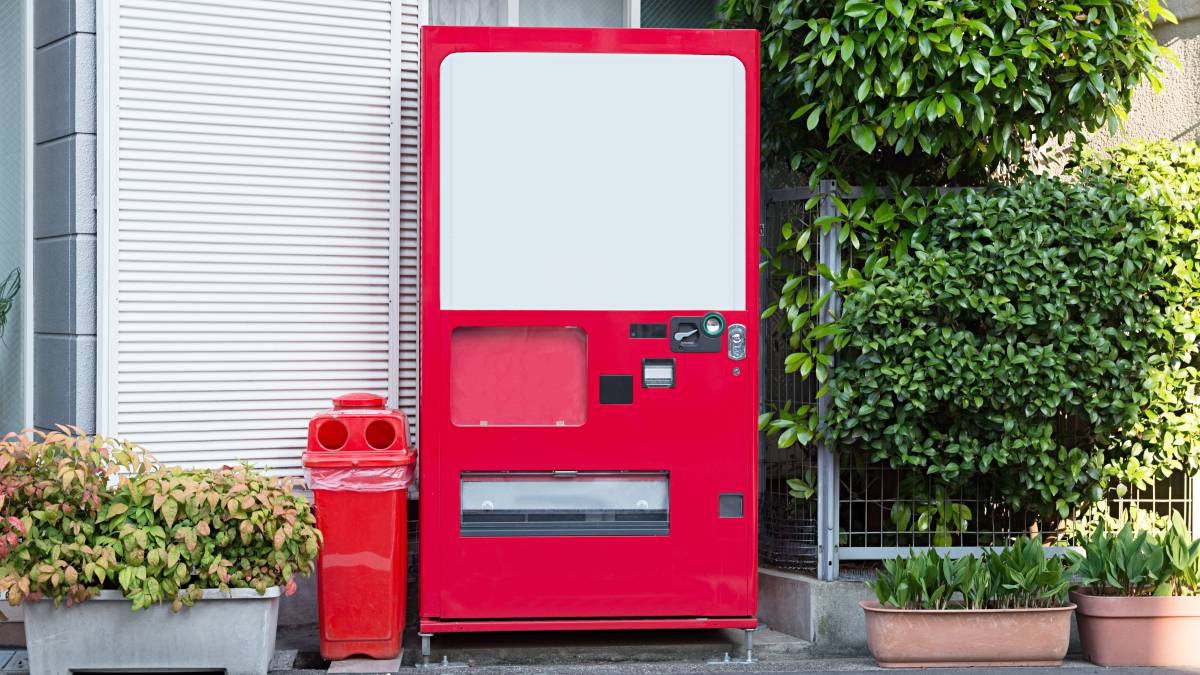
How to move a vending machine
Read more
Related price guides

How much does it cost to move house?
Read more

How much does mattress removal cost?
Read more

How much does piano moving cost?
Read more

How much do packers cost?
Read more

How much does shed removal cost?
Read more




